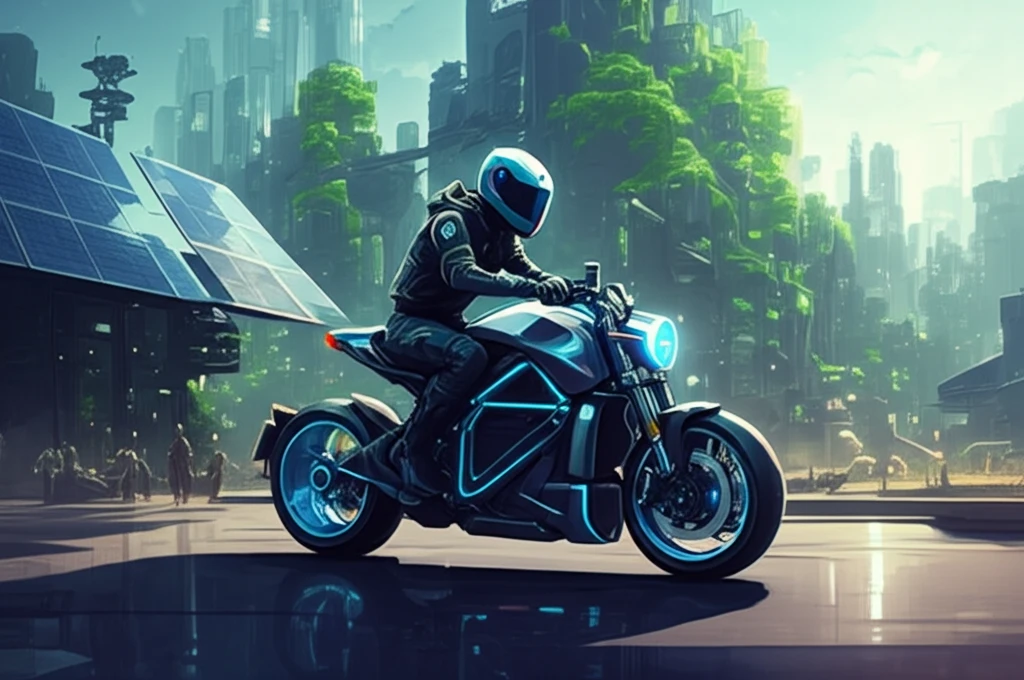
Revolutionizing Urban Mobility: How Electric Motorcycles are Shaping the Future of Business
"Discover the innovative electric motor technology driving a new era of efficient and sustainable business transportation."
The rise of electric vehicles (EVs) isn't just a trend; it's a necessary shift toward sustainability, especially in densely populated urban environments. As concerns about CO2 emissions grow, innovative solutions are needed to reduce our carbon footprint. Electric motorcycles are emerging as a promising answer, offering a cleaner, more efficient way to navigate city streets. The focus has expanded from personal use to business applications, signaling a significant change in how companies approach transportation logistics.
Since the initial mass production of electric scooters in 1994, continuous research has propelled the technology of electric motorcycles forward. Building on conventional techniques, a new electric motorcycle suitable for business applications was developed. This new model incorporates a high-power lithium-ion battery, enabling a quick charge operation, reaching 80% SOC in just 20 minutes. It also maintains consistent driving and charging power even in temperatures as low as -10°C.
Performance-wise, this electric motorcycle rivals a 50 cm³ gasoline-fueled scooter. It can handle a 12-degree uphill slope with a 30 kg load, ensuring reliable operation in various conditions. The motor at the heart of this vehicle was developed with these specific performance targets in mind, and this paper discusses the techniques and achievements that made it possible.
Advanced Motor Technology and Design

At the core of this electric motorcycle is a newly developed DC brushless motor. Its compact design allows it to be mounted close to the transmission's driveshaft, minimizing friction within the drivetrain. By integrating the Power Drive Unit (PDU) on the wheel side through reduction gears, the motor's torque requirements are reduced, enabling further downsizing and integration of drive system components into a single, efficient unit.
- IPM Structure: An Interior Permanent Magnet (IPM) structure handles high motor rotation, ensuring robust performance.
- Concentrated Winding: A concentrated winding stator coil contributes to the motor's compact size.
- Optimized Rotor Design: Magnets are strategically placed in sections, and the yoke shapes are improved to achieve higher rotation speeds and increased power.
- Performance Metrics: The motor achieves a maximum power of 2.8 kW, a maximum torque of 11 Nm, a practical efficiency of 75%, and a maximum motor speed of 9000 r/min, meeting the demanding specifications of motorcycle drive trains.
Future Implications and Conclusion
The development of this electric motorcycle marks a significant step forward in sustainable urban transportation. By combining advanced motor technology with efficient design, it offers a practical and eco-friendly solution for businesses. As electric vehicle technology continues to evolve, we can expect even more innovative solutions that further reduce our reliance on fossil fuels and create cleaner, more livable cities.
